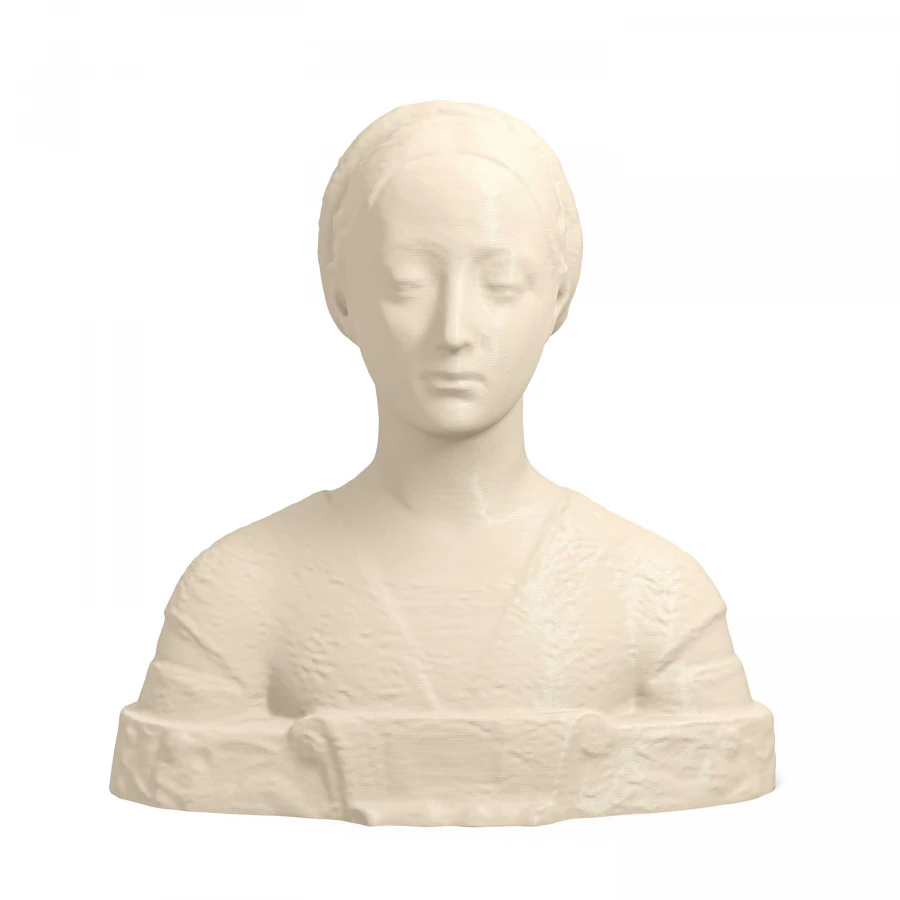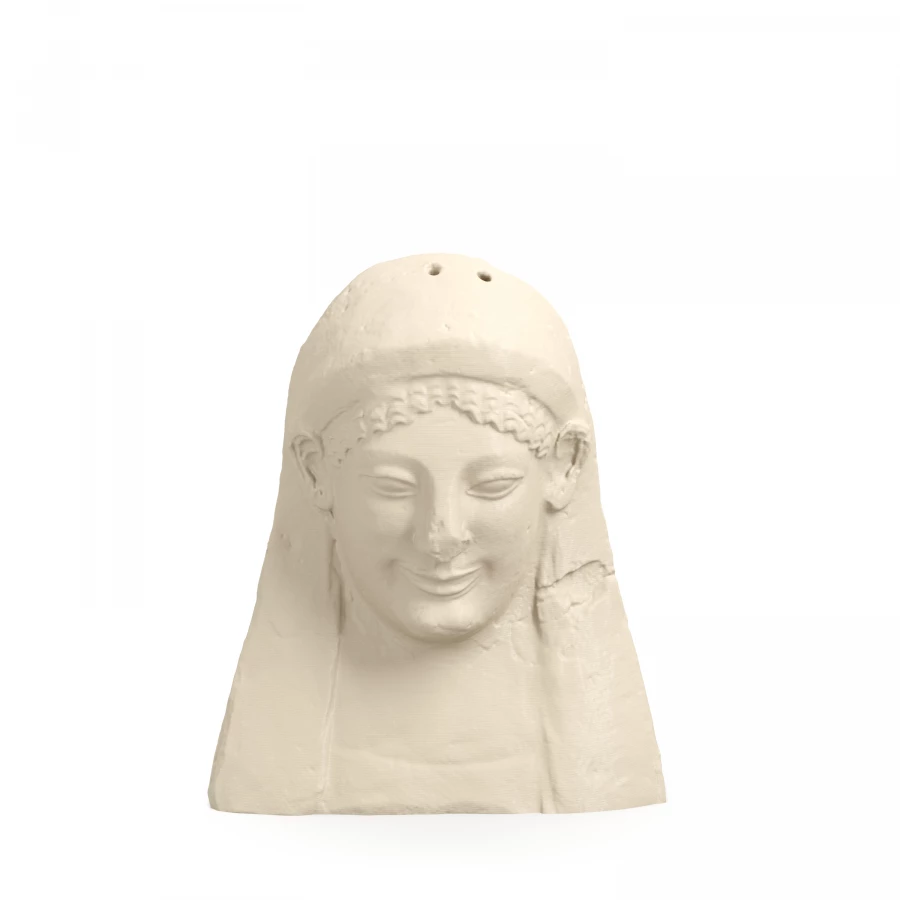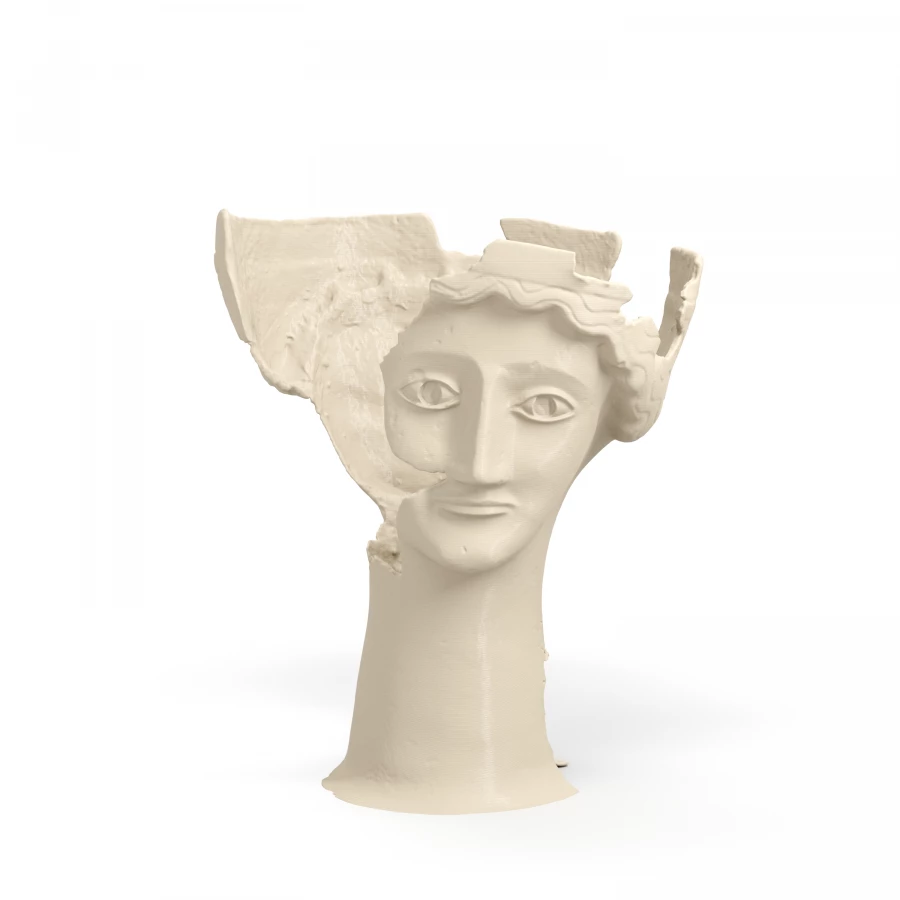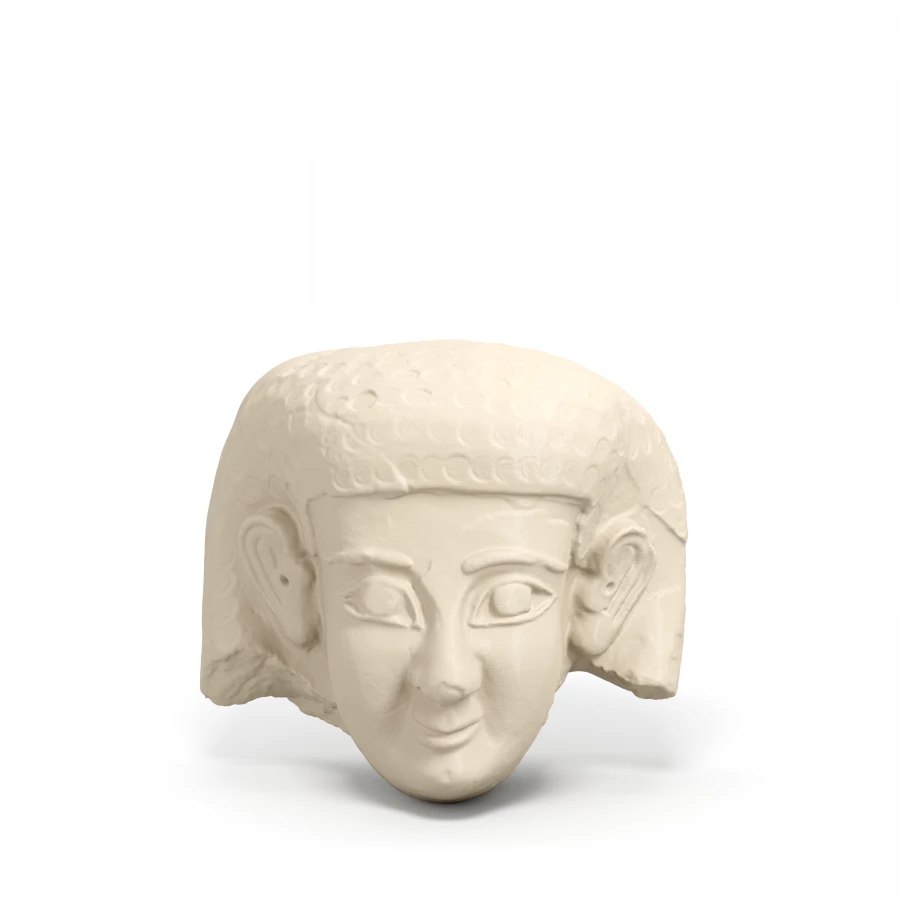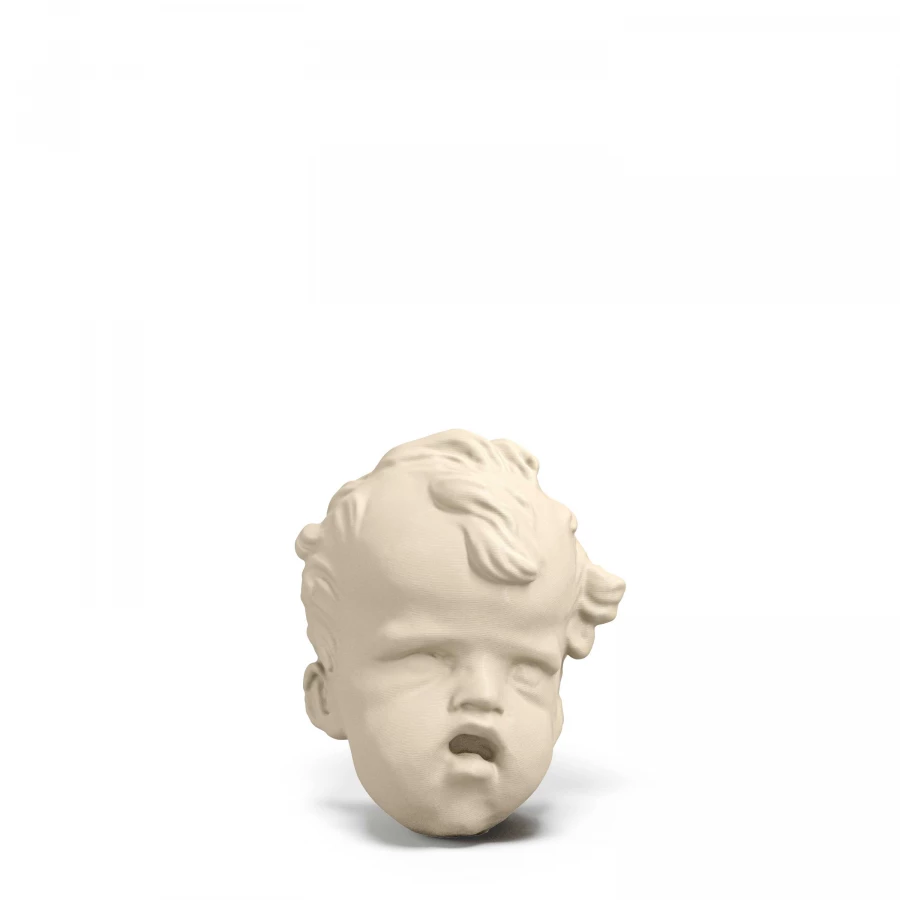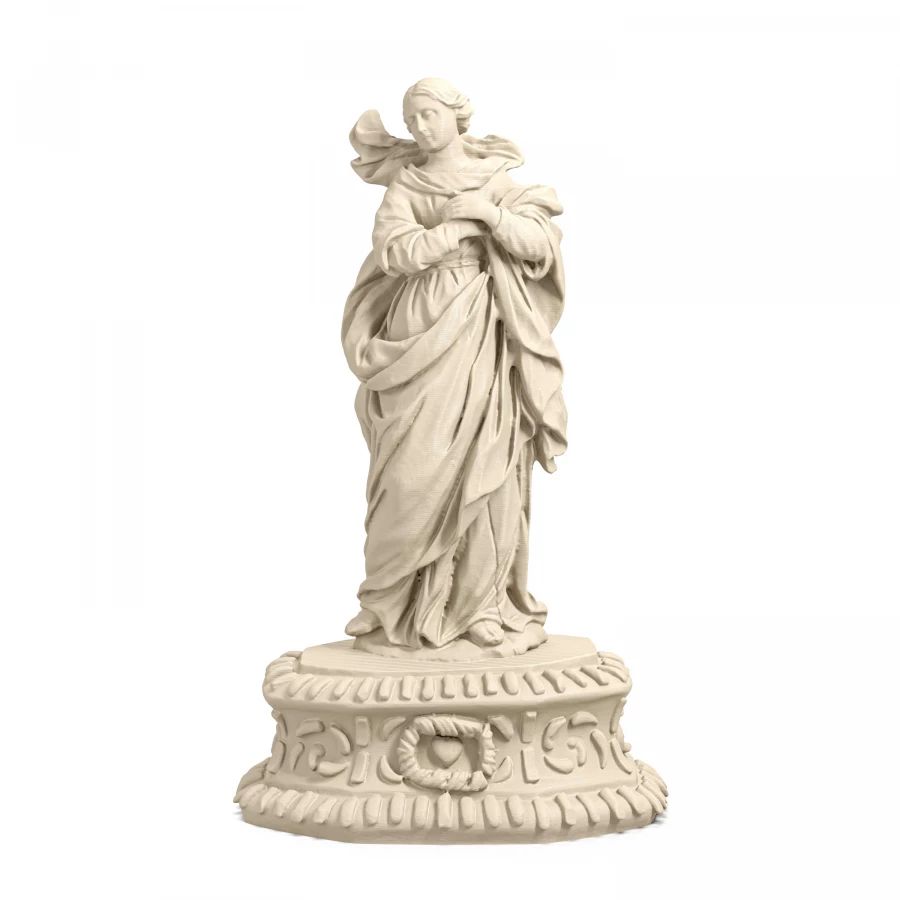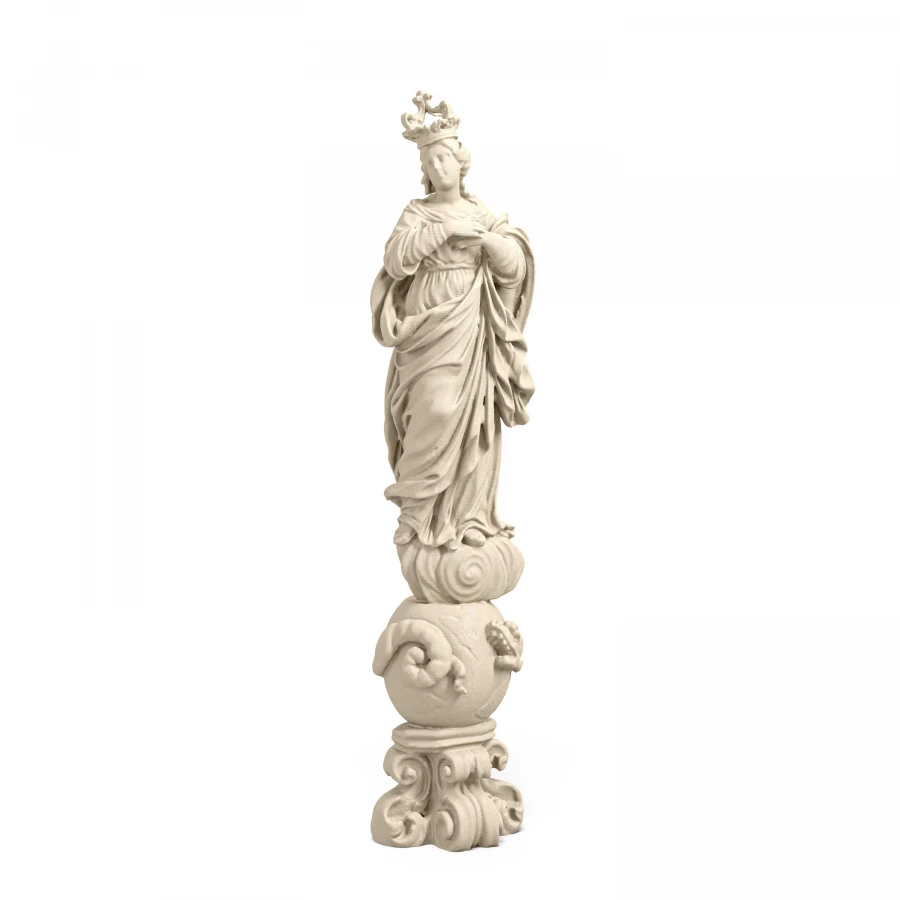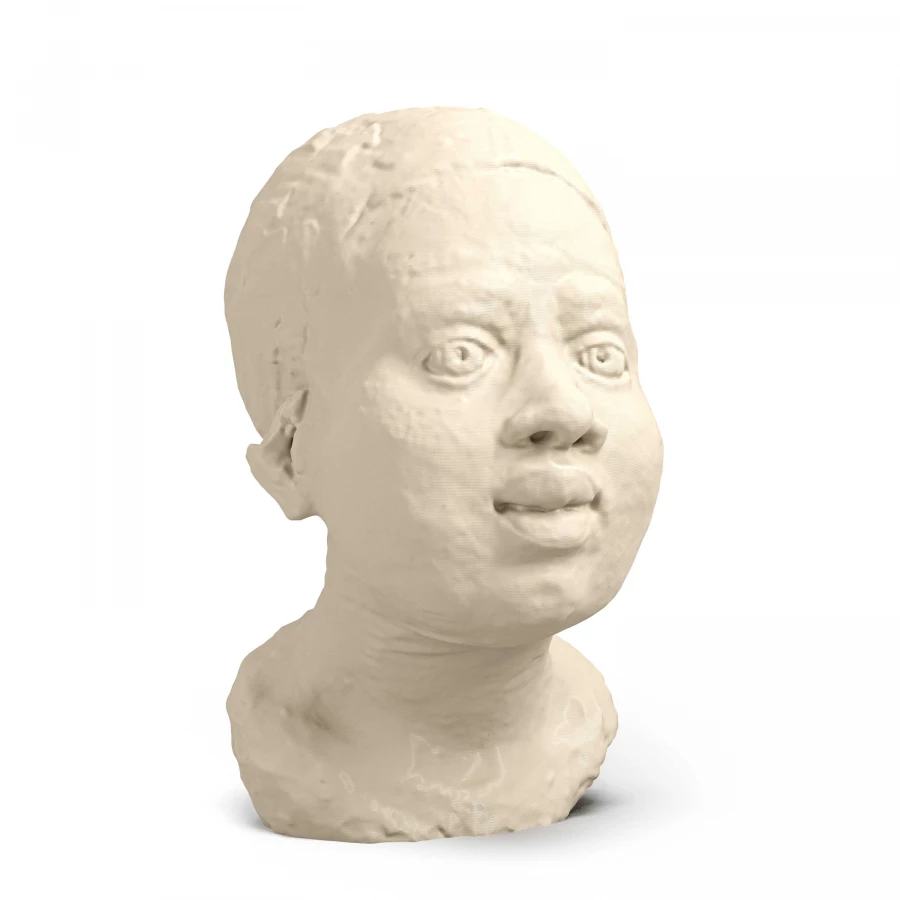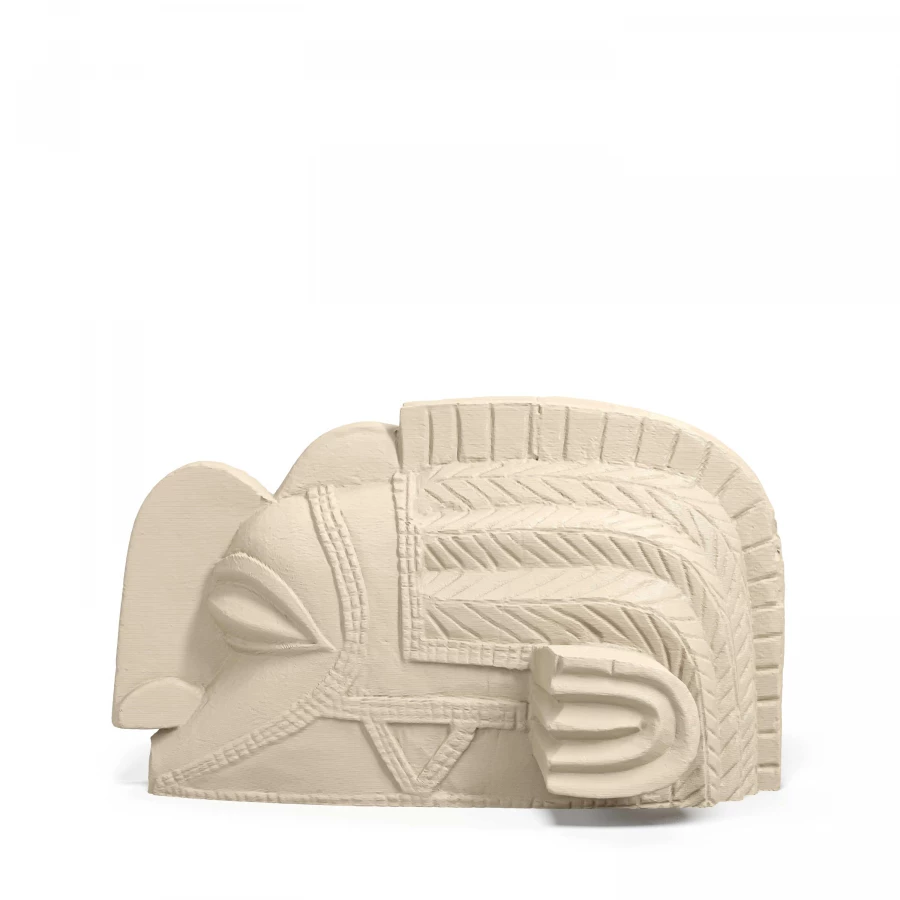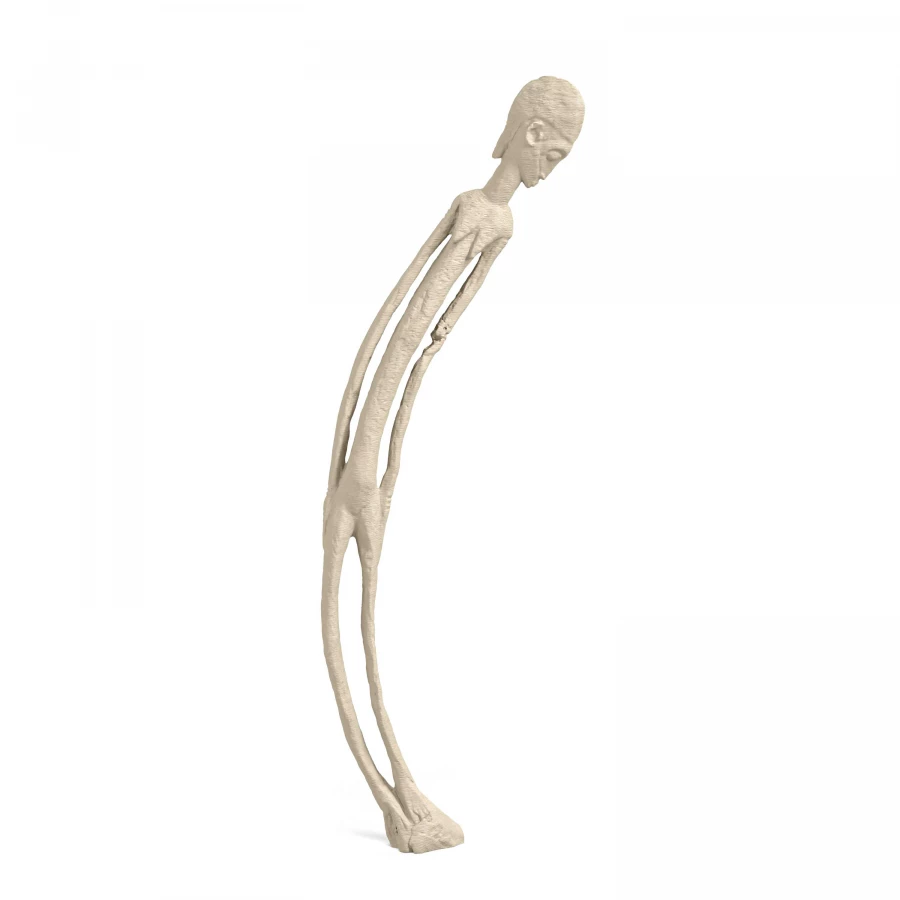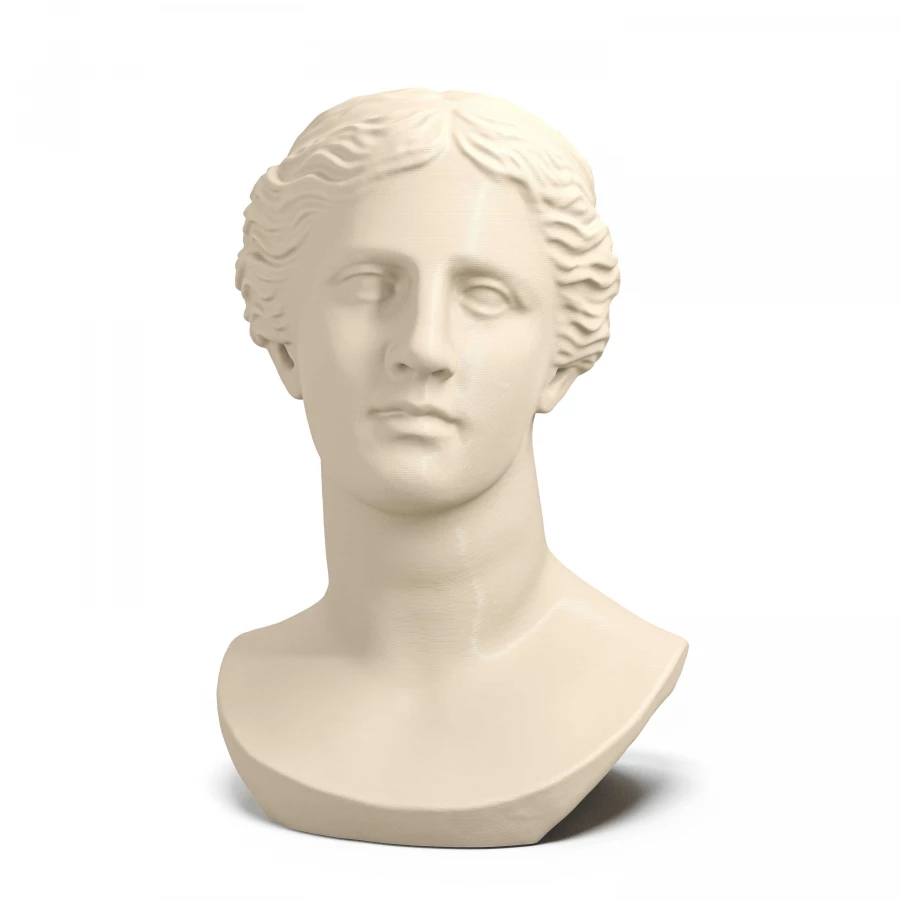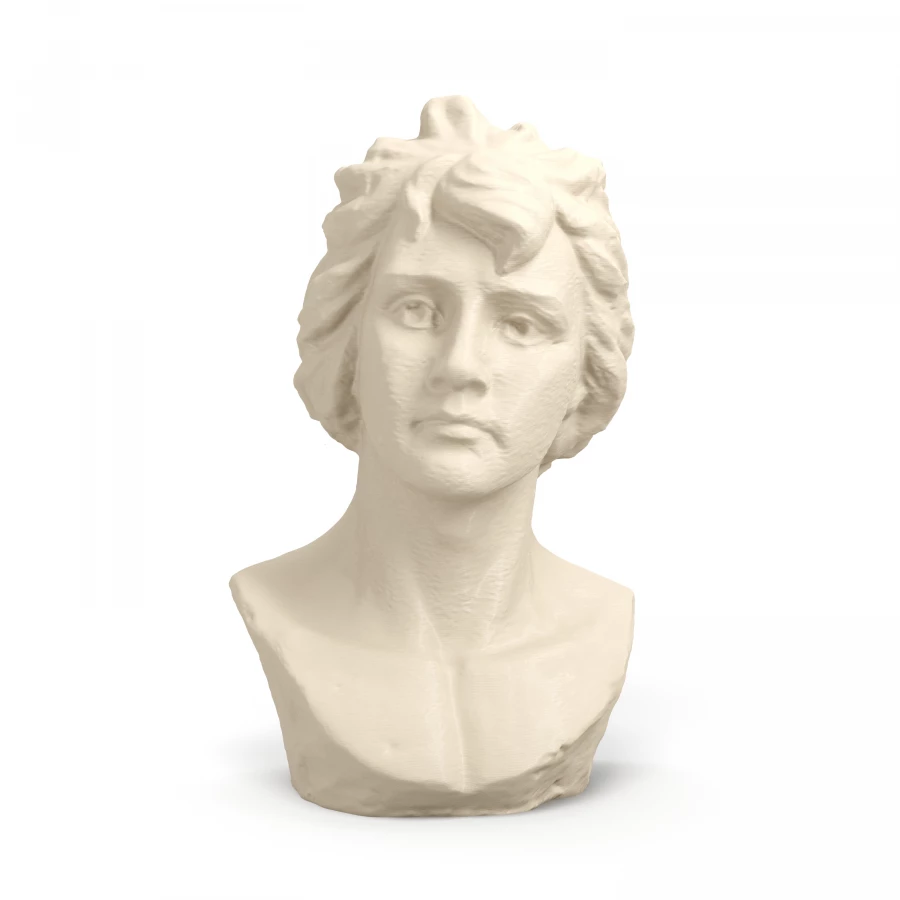Female figures
Explore the sublime elegance of our "Female Figures" collection, a curated selection of artclones that encapsulate the myriad expressions of femininity across cultures and epochs. These sculptures, echoing the voices of history, depict women as deities, muses, heroines, and everyday figures, embodying values, narratives, and aesthetics that have shaped societies. Each artclone is not merely a decorative piece but a poignant symbol, carrying profound stories of the female experience from the eras they originate. Owning an artclone from this collection adds not just a distinct visual appeal to your space but also introduces an element of timeless cultural discourse. Our collection reveres the masterful craftsmanship of the original artists, capturing the subtle nuances of their portrayal of the female form. Each piece is rendered meticulously, infusing your environment with the beauty and grace that these female figures have symbolized throughout history. As you welcome an artclone from this collection into your space, you become a part of a tradition that appreciates and celebrates the narrative power of female representation in art.
- What differentiates an artclone from a replica?
- What is the artclone effect?

